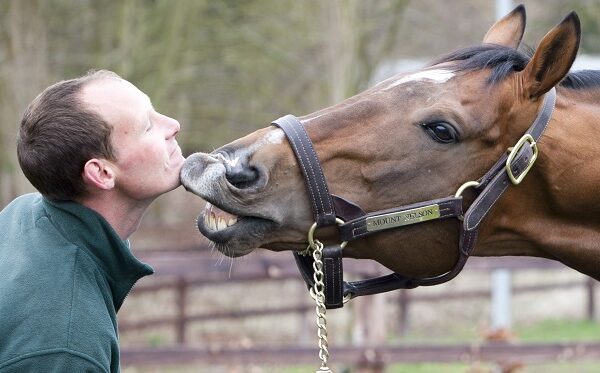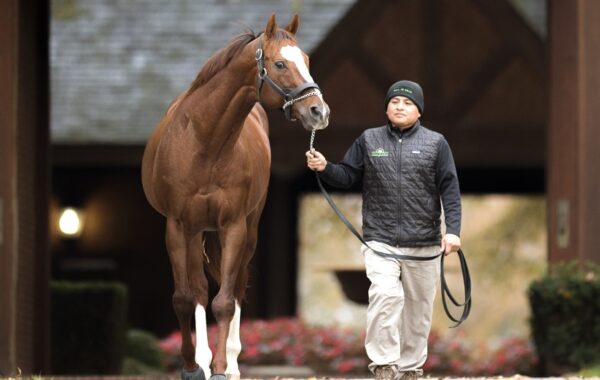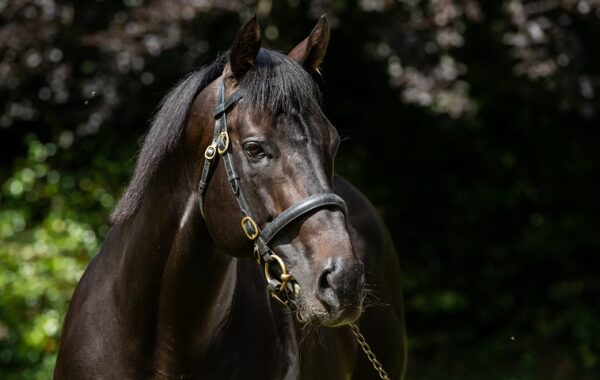Annual general meetings aren’t everyone’s cup of tea, yet for anyone concerned about the future health of our sport, this year’s ROA and TBA gatherings made for intriguing viewing.
We know that racehorse owners in Britain get a rough deal when it comes to prize-money, especially compared to our friends across the Channel, but, as we’re often told, most of the them couldn’t care less about purse sizes, could they? They’re in it for the fun, the thrill, the spectacle…
Actually, that’s a load of tosh, because nobody, from the sole owner with his own stable to the single-horse syndicate member, wants to come away from a day at the races feeling humiliated – and that’s after victory.
Dr Jim Hay, with wife Fitriani, is a huge investor in British racing and breeding, valuing his bloodstock empire at over £20 million and counting a Gold Cup at Ascot among his triumphs.
He’s clearly not short of a bob or two, so when a man like Dr Hay stands up to bemoan the level of prize-money in Britain, as he did at June’s ROA AGM, the powers that be really ought to sit up and take note. We certainly did.
Dr Hay expands on his disillusion with the UK racing model, particularly a dismal average cost recovery figure of 21%, in an exclusive interview with Richard Griffiths. He makes it clear that the industry cannot take owners like him for granted any longer.
“Last year we had a very poor season and covered just under 15% of our training fees,” Hay says. “In our best year it was 30%, but that was with horses like Precision Break.
“He ran 12 times, winning seven races, went from 59 to 93 in the handicap and won over £25,000. You can’t really do any better than that but he only just scraped past how much it cost to keep him in training!
“Our recovery in the US is 117% and yet our training costs are at least a third higher than they are in the UK. Here, you can go racing and win prize-money of £2,000 – it doesn’t even cover the costs of running.”
The TBA AGM in July was equally informative. Chairman Richard Lancaster reports on the fallout elsewhere in this magazine but I would like to make specific mention of comments made by BHA Chief Executive Paul Bittar, who addressed the audience.
Having heard, from Lancaster, that the number of racehorse owners had declined by 1,300 since 2007 and that UK foal production had fallen by about a quarter over the same period, it would have seemed sensible for Bittar to remain open-minded regarding the number of future fixtures.
However, Bittar stated that cutting fixtures was not an option because the bottom end (of the fixture list) cross-subsidises the top. He also reaffirmed his belief, aired a year ago at the ROA AGM, that if owners ran their horses once more per season, it would solve the problem of small field sizes.
You don’t need a maths degree to realise that sustaining fixtures at their current level is nonsensical when the hard facts – fewer owners, breeders, foals, horses in training, even racecourses – tell you that our domestic industry is continuing to contract, regardless of top-end investment from Qatar, welcome though it is.
The problem, from the BHA’s perspective, is that they are keen to entice bookmakers to commit to funding deals, like the one signed by Betfair last year, and they know that any reduction in fixtures will be looked on unfavourably by the betting industry.
It appears that the BHA is prepared to accept criticism over the size of the fixture list in order to keep the bookies on side, hoping that, given improved economic conditions, owners and breeders might return to the sport or increase their investment, therefore justifying the current programme.
Perhaps this strategy will work, but as we know, there are no certainties in racing.





